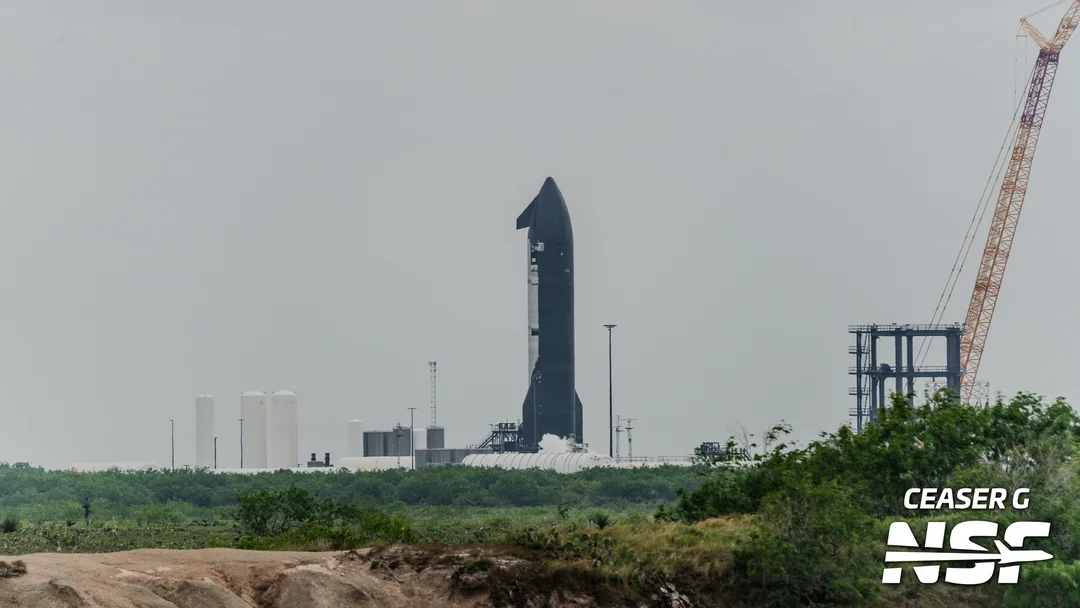
SpaceX Gears Up for Starship Flight 9: Launch Window Opens Amidst Engine Tests and Upgrades
SpaceX is pushing forward with its ambitious Starship program, with the potential launch of Flight 9 slated for later this month. A recent notice to mariners has revealed a possible launch window between May 13th and May 23rd, adding to the anticipation surrounding this crucial test flight. This comes after a period of relative silence from SpaceX following the previous test flight in March.
The focus remains on the second-stage rocket, which has experienced setbacks in earlier tests. The upcoming launch represents SpaceX's third attempt to fly the next-generation upper stage. Previous flights, like Flight 7 and Flight 8, saw the upper stage explode shortly after separating from the first stage. Objectives for Flight 9 include assessing catch hardware and the performance of new heat shield tiles.

Recent testing activity, including static fire tests, offers a glimpse into SpaceX's preparations. SpaceX performed an in-space engine burn demonstration, a necessary step for orbital test flight certification as it allows for trajectory control. Following this, a six-engine static fire was conducted, although reports suggest a possible engine anomaly during the test. NSF's livestream captured what appeared to be a Raptor Vacuum Engine shutting down abruptly during the 30-second test and with the rest of the engines subsequently shutting down after.
Starship's evolution includes enhancements to its propellant system and larger tanks. Issues regarding propellant system vibrations, that some speculated triggered the Flight 7 incident, are being closely examined. While the exact cause of Flight 8's failure remains unconfirmed by SpaceX, the company is actively working to address potential weaknesses.
The rapid pace of development at Starbase is evident, with multiple Starship vehicles and Super Heavy boosters undergoing testing and refurbishment. Booster 14 from Flight 7 is set to fly again with Ship 35, marking the first reflight of a Super Heavy Booster. The company continues to build and test Starships, with a current fleet of four boosters undergoing refurbishment and testing, along with numerous Ships.
Ship 35 finished stacking in early February of this year. With the failures of Ship 33 and Ship 34, SpaceX has spent extra time preparing this Ship for flight. After completing its cryogenic proof testing on March 11 and 12, the ship was rolled back to Mega Bay 2, where it would spend the next six weeks outfitted for static fire testing.

Other Starships are also in various stages of completion and testing. Ship 36, with an updated heat shield design, is undergoing static fire testing, while Ship 37 is in final assembly. Boosters 16 and 17 are also being prepared for future flights.
With critical milestones on the horizon, SpaceX needs to maintain its accelerated testing schedule to achieve in-space propellant transfer for NASA's Artemis lunar landing missions and deploy next-generation Starlink satellites. The progression of the Starship program directly hinges on the success of Flight 9.
Will SpaceX successfully navigate the challenges of Flight 9, and what implications will it have for the future of space exploration? Share your thoughts and predictions in the comments below.